October 24
2019 October 24
Jochen Möhr’s moths from Metchosin this morning.
2 Epirrita autumnata
1 Orthosia mys
1 Sunira decipiens
1 Tetracis sp.
1 Udea profundalis

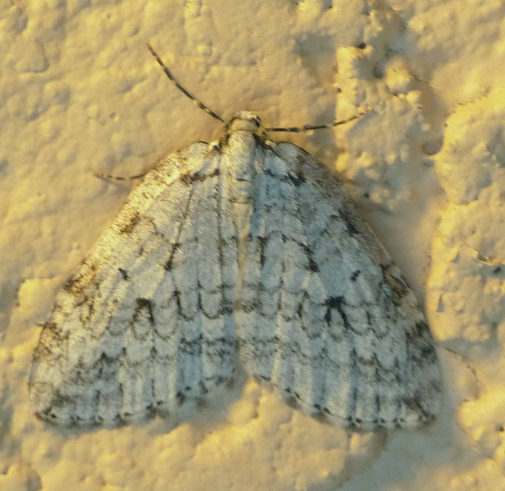
Epirrita autumnalis (Lep.: Geometridae) Jochen Möhr

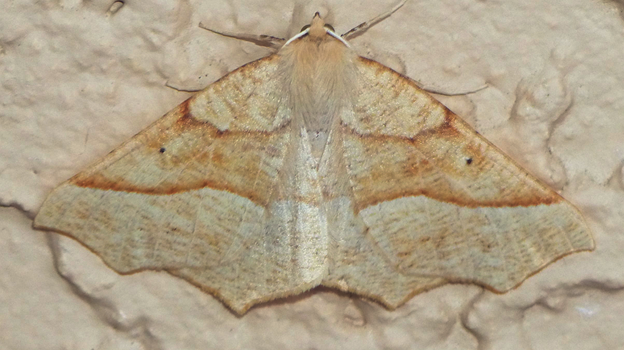
Tetracis jubararia/pallulata (Lep.: Geometridae) Jochen Möhr

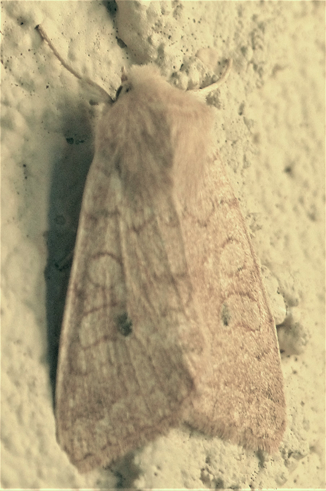
Sunira decipiens (Lep.: Noctuidae) Jochen Möhr

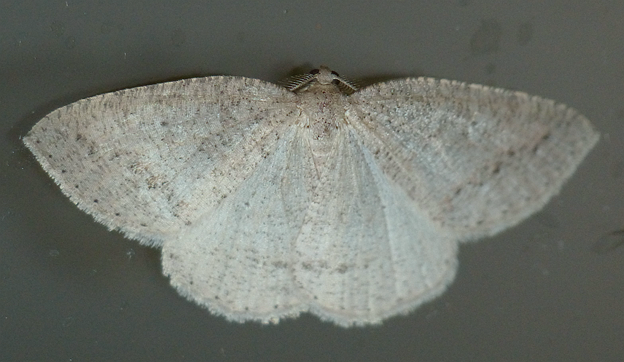
Drepanulatrix secundaria/monicaria (Lep.: Geometridae) Jochen Möhr

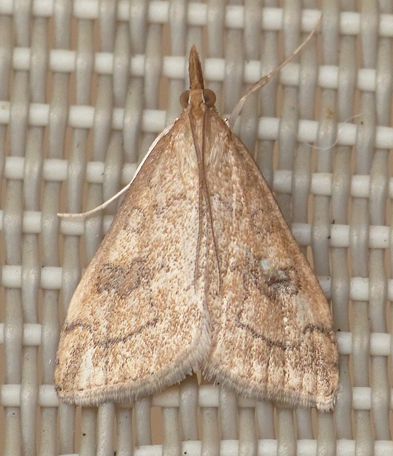
Udea profundalis (Lep.: Crambidae) Jochen Möhr

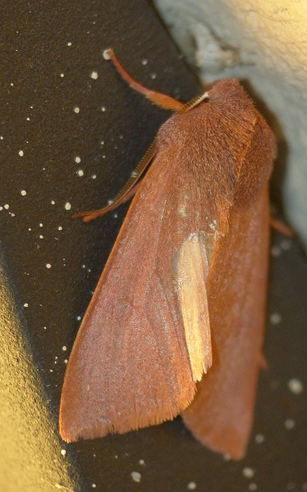
Orthosia mys (Lep.: Noctuidae) Jochen Möhr
Mr E found this tiny fungus-eating ladybird beetle in Thetis Lake Park on October 22. The choice is between the rather similar Psyllobora vigintimaculata and P. borealis. Charlene Wood writes:
That is tricky! I often leave them as Psyllobora sp., but if I must, I’d be happy to call this Psyllobora vigintimaculata based on the small gap between the lateral and apical spots on the elytra.
The main difference as I understand from Gordon (1985):
Elytron with strongly developed lateral spot behind middle, spot either free or narrowly connected the large inner spot, widely separated from apical spots (Fig. 693 f) ….. borealis Casey
– Elytron with lateral spot behind middle usually not strongly developed, narrowly separated from apical spot or spots, or joined to it (Figs. 691 f) ….. vigintimaculata (Say)
Jeremy Tatum continues: Unfortunately my computer is refusing to reproduce Gordon’s drawings, but, yes, Mr E’s beetle does indeed look like Psyllobora vigintimaculata. The “apical spot” is the one near the very tip of the elytron. In Mr E’s beetle, it is barely separated by a tiny white isthmus from the main big blotch. In boreale that apical spot is lonely, quite separated by a mile from the big main blotch.

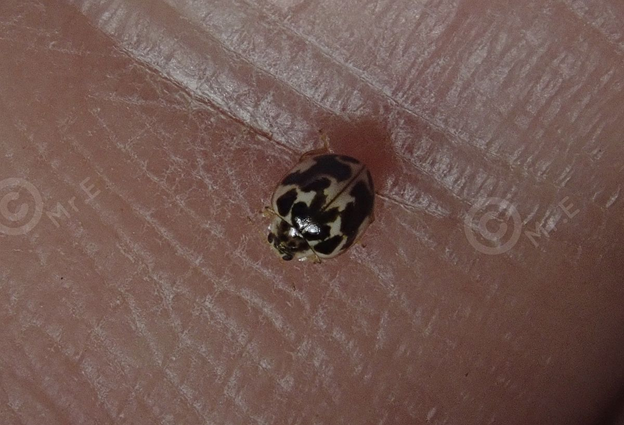
Psyllobora vigintimaculata (Col.: Coccinellidae) Mr E
Mr E sends a photograph of a spider from Centennial Park, October 23, kindly identified for us by Dr Robb Bennett as a male Callobius severus.

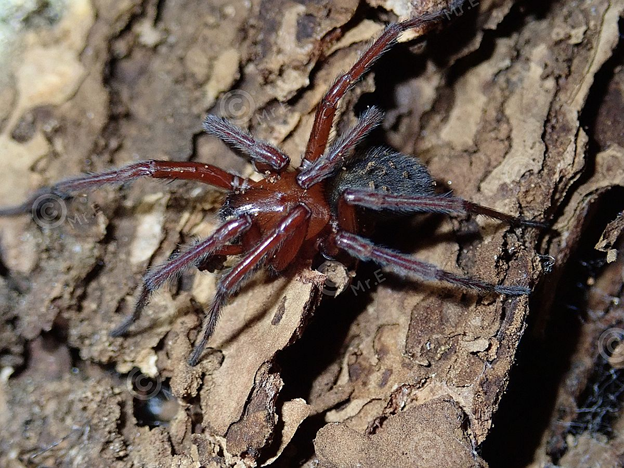
Callobius severus (Ara.: Amaurobiidae) Mr E
Jeremy Tatum writes: I found another daddy-long-legs spider, also known as cellar spider Pholcus phalangioides , in my bedroon today. I wonder how many more there are?

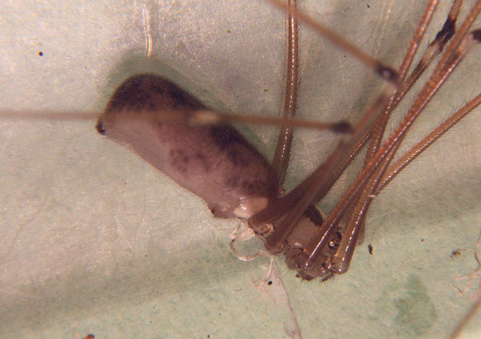
Pholcus phalangioides (Ara.: Pholcidae) Jeremy Tatum
Libby Avis sends a photograph of a Juniper Carpet Moth Thera juniperata from Port Alberni. She writes: It’s a common fall moth here. We’ve had few at the light over the last 2-3 weeks – another three this morning.

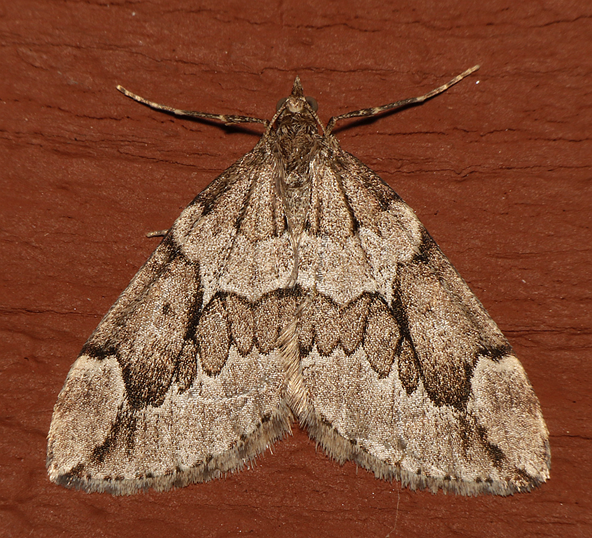
Thera juniperata (Lep.: Geometridae) Libby Avis
Libby follows this up with: Just remembered that Rick photographed a caterpillar on the juniper about 6 weeks ago (Sept 8th). I didn’t try to ID it at the time, but have just taken another look at his photos and am pretty sure that’s what it has to be. Good match for photo on MPG. [Jeremy Tatum writes: Yes definitely a good match. I’d say no doubt at all. We can tell from the swollen thoracic segments that it is shortly going to pupate.]

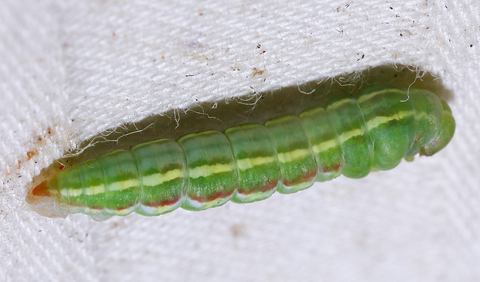
Thera juniperata (Lep.: Geometridae) Rick Avis
